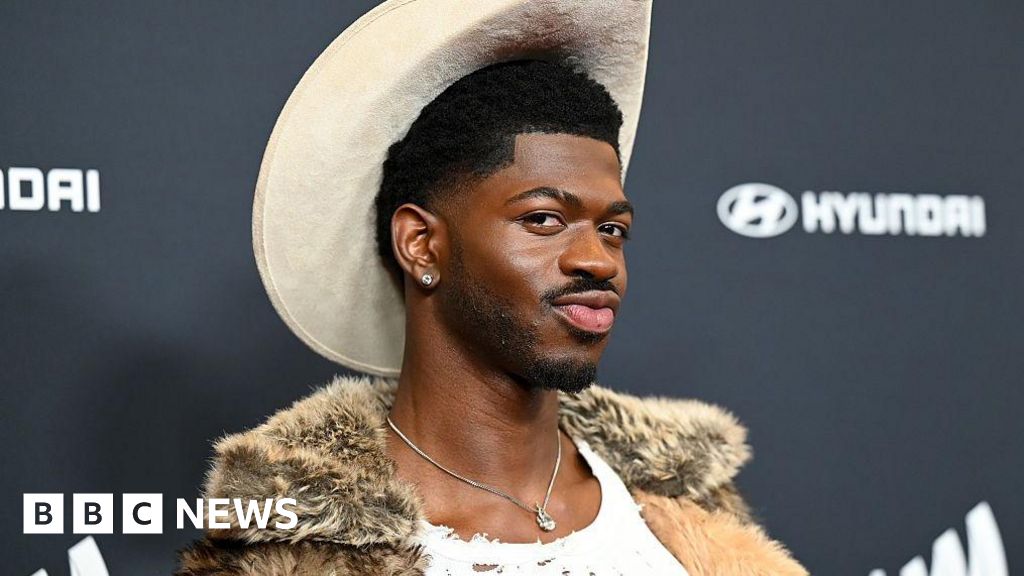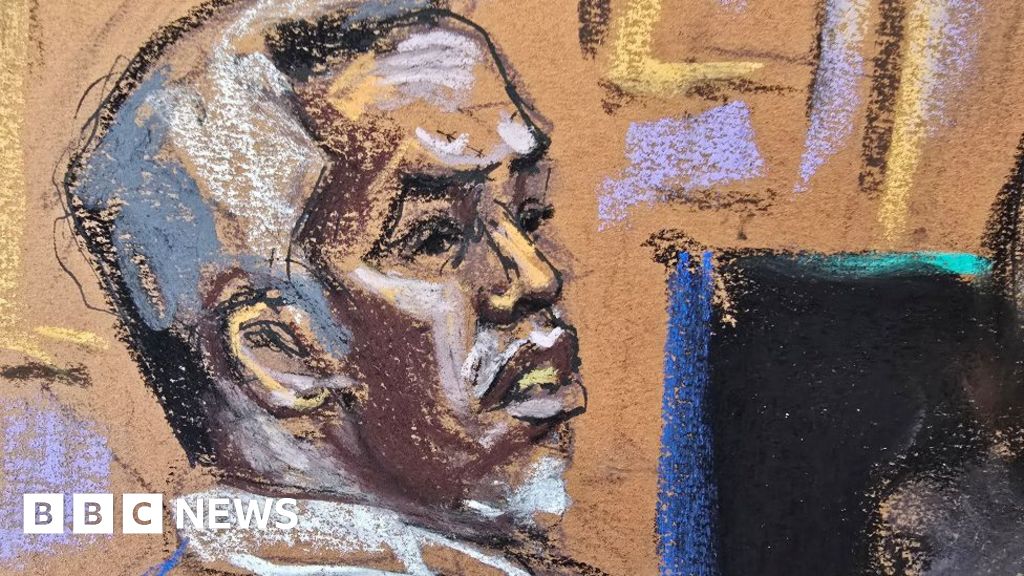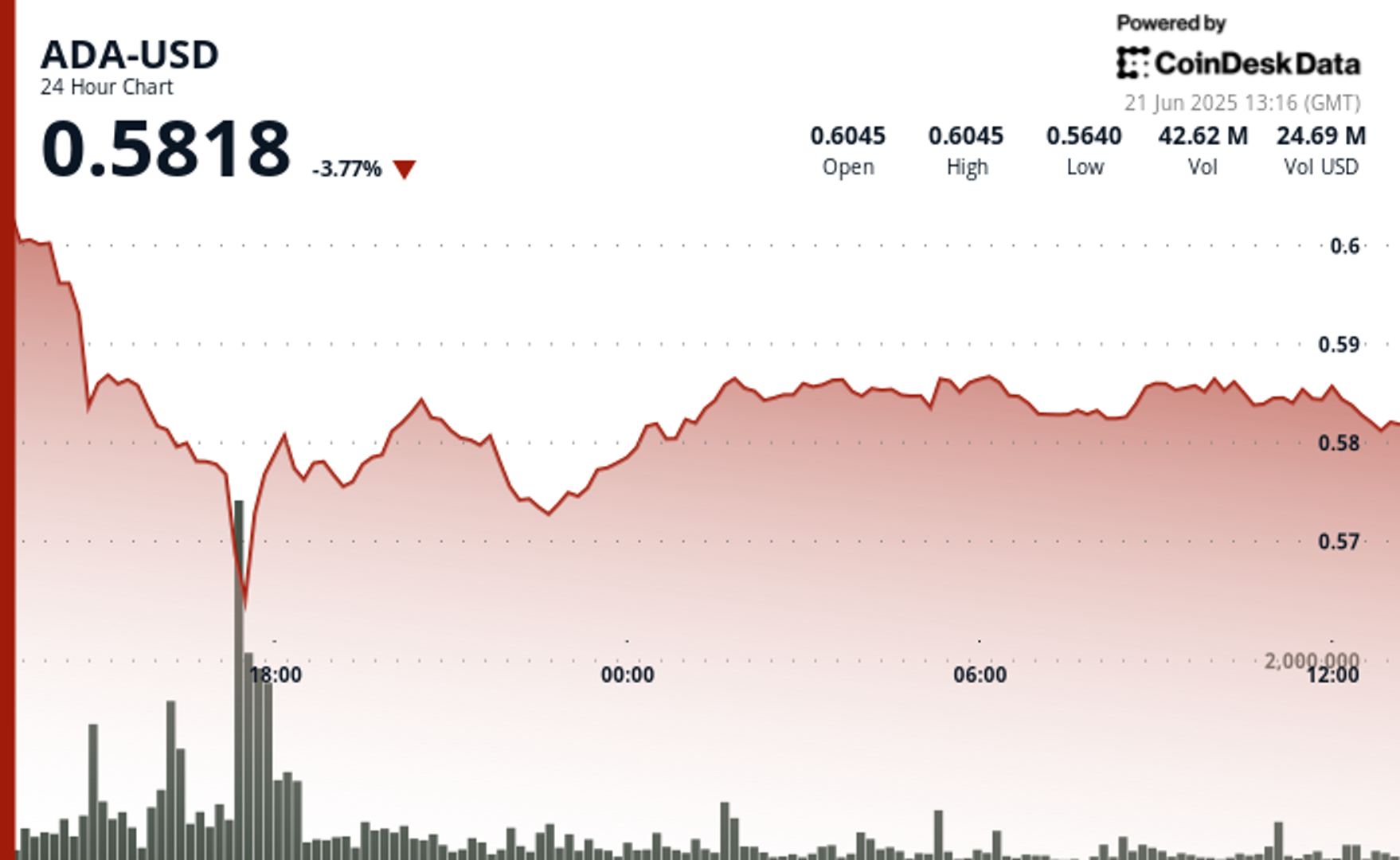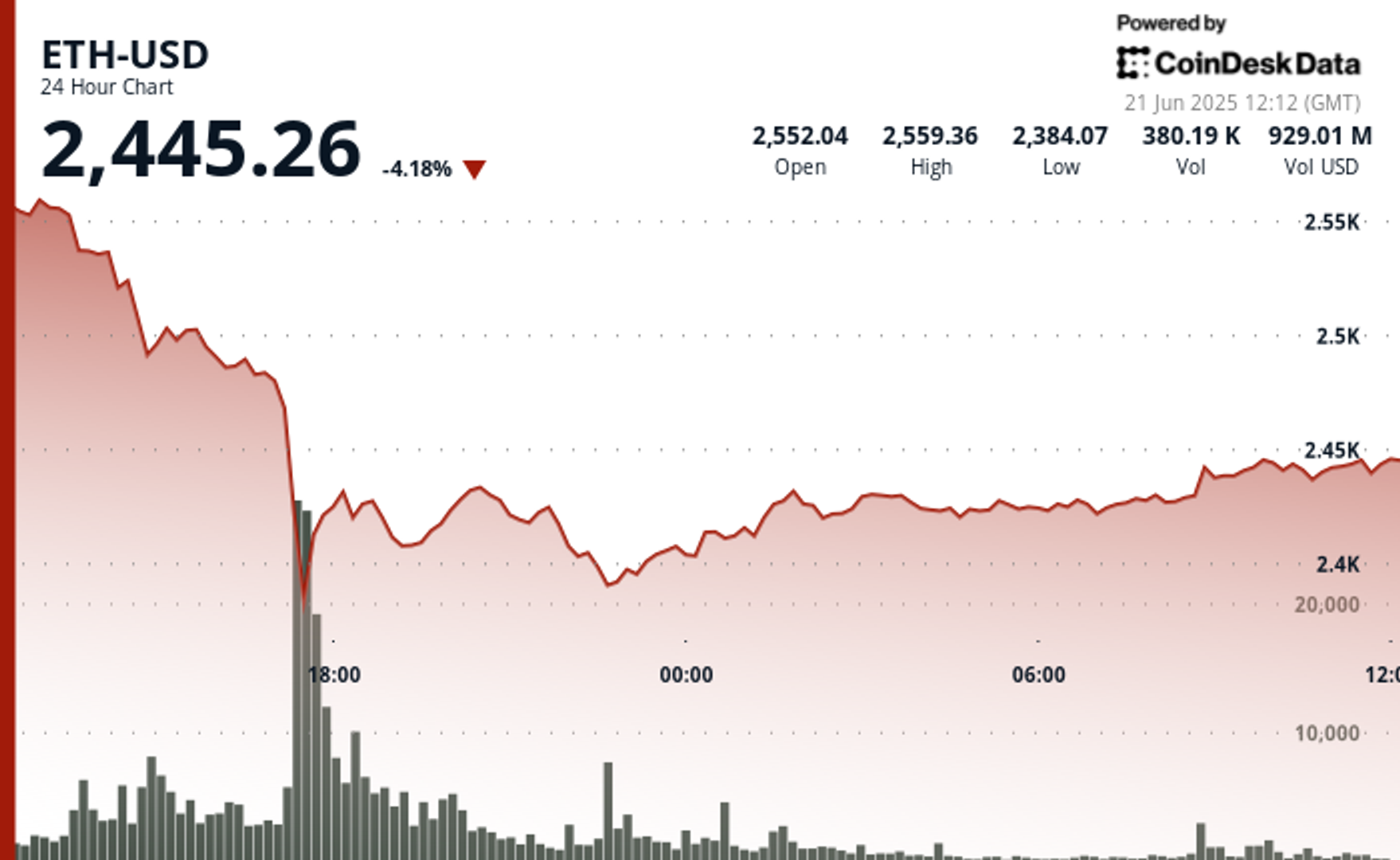Warhammer 40,000: Dawn of War 4 – First Impressions From a Series Veteran
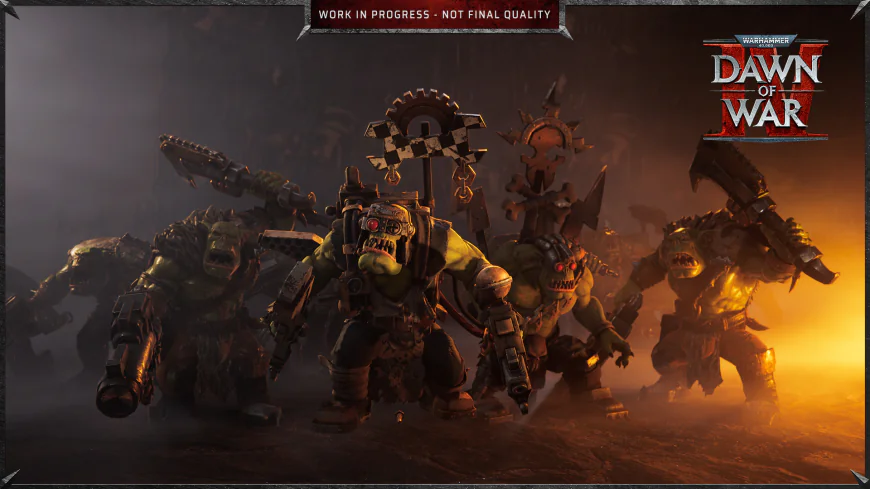

The thunder of bolters repelling an Ork incursion and the distinctive red and white ceramite armor of the Blood Ravens bring me right back to the moment the trailer for the original Dawn of War made me an instant Warhammer 40K fan more than 20 years ago. And it's that first game in the series that serves as the jumping off point for the upcoming Dawn of War 4. A lot has changed, but a lot remains the same, bringing bigger battles and snazzier graphics to a classic take-and-hold RTS that is equal parts spectacle and tactics. I played through the 1-2 hour demo a few times and it felt like Dark Crusade never left.
The last we heard of this franchise was in 2018 when Relic ended support for the divisive Dawn of War 3, and this next chapter is deploying under different masters. King Art Games, the developer of the alt-history dieselpunk RTS Iron Harvest, has taken up the banner, and I can definitely see a throughline between the big, stompy robots in that game and the classic dreadnoughts and titans in this one. King Art has also elevated the cinematic carnage by adding a synced animation melee system that can simulate a scrape between any two of its many dozens of units.
Like the recent editions of the tabletop game on which it's based, Dawn of War 4 has jumped 200 years deeper into the 41st Millennium, after the Eye of Terror opened and split the Imperium of Man apart. The Blood Ravens are a scattered and beleaguered chapter trying to put themselves back together, serving as one of the four… and a half playable factions. Their roster reflects the newest Space Marines codex, with Primaris Intercessors and Bladeguard Veterans leading the charge. Older, tracked mainstays like the Rhino and Predator have been swapped for the higher-tech repulsor vehicles. But some classic favorites like the Dreadnought and Terminators have stuck around.
Space Marines focus on small, elite squads that are expensive to build and reinforce, but outshine most of their opponents pound-for-pound. Their buildings are large and expensive, with defensive structures being fully automated rather than manned. In fact, they barely pay attention to cover at all, which was an adjustment from having replayed Dawn of War 2 fairly recently. They do have a lot of tactical flexibility though, with most infantry squads being trained into a pool of strategic reserves that can be deployed by drop pod to anywhere you have vision. The drop pods are even armed, and will stay on the map as a light defensive turret until destroyed.
ENEMIES OF THE IMPERIUM
The other ubiquitous Dawn of War race from that very first trailer, the Orks, are the second faction, and the primary enemies in the demo I played. They have much more of a horde style of combat, though with a few units like the Meganobz in their petroleum-fueled power armor that can go toe-to-toe with a space marine. Their buildings are cheap, and all of them have some kind of little guy with a machine gun on them, so vomiting production structures across the map is also how you create defensive positions. The animations are especially thematic and entertaining, as it really looks like a giant heap of scrap that was chucked unceremoniously through the atmosphere.
The Orks also, of course, get a WAAAGH! mechanic that lets them earn powerful deployable stratagems for causing all sorts of havoc.
Just as I was coming to grips with the Orks, though, one of my control points was taken by surprise by the other hostile race, the terminator-like Necrons. Hinted at in the epilogue of Dawn of War 3 but never fully materializing, they make a dramatic return with the monolith super unit that can warp in new squads to its location. For balance reasons, Necrons can't simply get right back up when killed like they can in the tabletop game. But they do get a special building called the Resurrection Chamber that can respawn a certain number of destroyed squads for free.
They play the most differently from the other factions in that they aren't especially concerned with the requisition and power capture points dotted around the map. Rather, their economy relies on spreading their matrix – like an eerie, cybernetic form of zerg creep from Starcraft – that grants bonuses to their units when fighting on it and provides them with resources the more of the map is covered in it.
STALWART ALLIES
Having barely fought off the Necron incursion and getting pushed back hard by the Orks due to my divided attention, who would arrive at the crucial moment to join the Blood Ravens in turning the tide of battle? Would you believe it's a faction completely new to the Dawn of War series? The final of the four fully-playable multiplayer factions is the Adeptus Mechanicus, with their swarms of cyborg servitors and impressive, well-kept war machines.
The AdMech have a unique ability to see enemy contacts as blobs of color relative to their size and power on the minimap, even in the fog of war, so it's almost impossible to surprise them. Their buildings are also networked, providing them with powerful boosts to production for being in range of a network node, which can make them vulnerable to surgical strikes severing the connection. Their super unit is the titanic Imperial Knight, which really shows off Dawn of War 4's scale next to the puny units it's stomping over.
I did say four and a half factions, though. The Imperial Guard were present on the mission I played as AI-controlled allies, although with a limited roster of units. They will also be playable in the tutorial mission of the campaign, but not in multiplayer. Not yet, at least.
The other four factions will each have their own campaigns with branching story paths, taking us back to the planet Kronus from the Dawn of War: Dark Crusade expansion. The story features more than 40 minutes of CGI cutscenes across all factions, and was written by prolific Black Library author John French, author of the recent Ahriman novels among others.
Dawn of War 4 will also bring back the popular Last Stand mode from Dawn of War 2, though in a way that was described to me as less hero-centric and "less MOBA-like," focusing more on the classic RTS mechanics like Dawn of War 1. Co-op is also on the slate, and there was a conspicuously greyed-out "Painter" option on the main menu. The devs weren't ready to talk about this one yet, but told me their goal was to include everything the previous Dawn of War games had in terms of customization and then add a bit more.
I certainly wasn't expecting a new Dawn of War any time soon, much less from a studio other than Relic. But from the bit of it I've played, it seems like King Art Games understands the assignment. As a Dawn of War 2 fan, I miss the emphasis on cover and move-and-fire tactics. But Dawn of War 4 has nevertheless made a big first impression. I can hardly wait to get dug in next year.
What's Your Reaction?
 Like
0
Like
0
 Dislike
0
Dislike
0
 Love
0
Love
0
 Funny
0
Funny
0
 Angry
0
Angry
0
 Sad
0
Sad
0
 Wow
0
Wow
0




